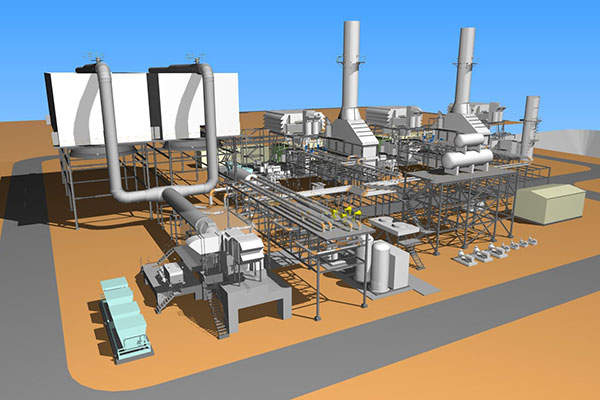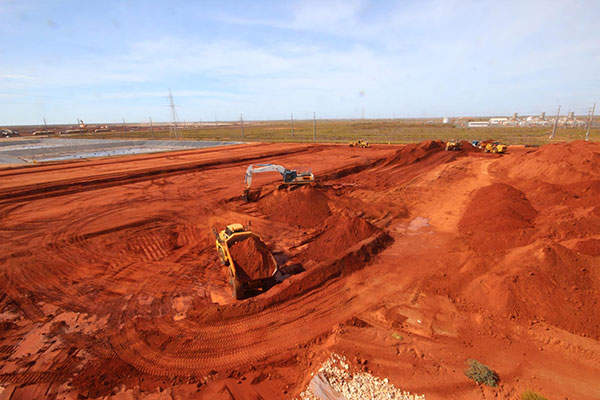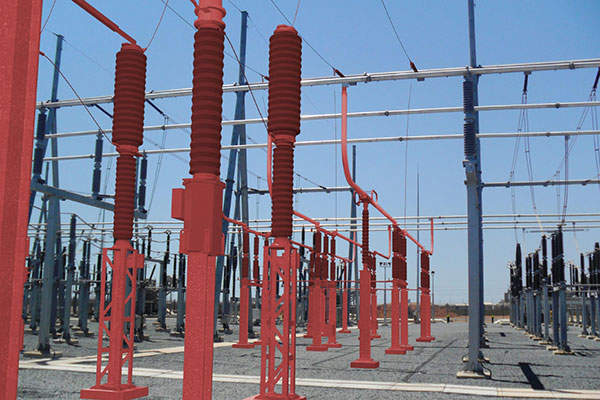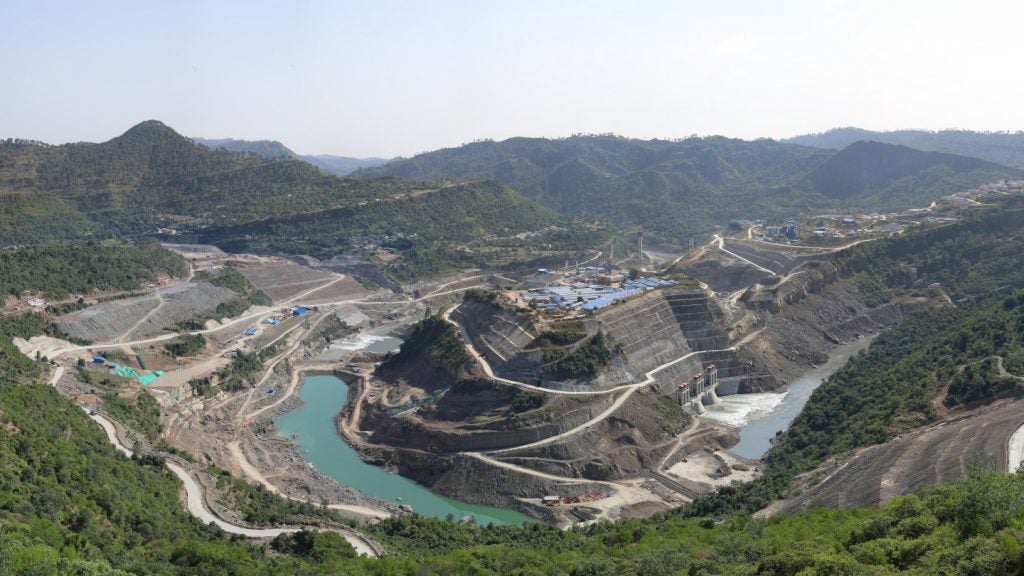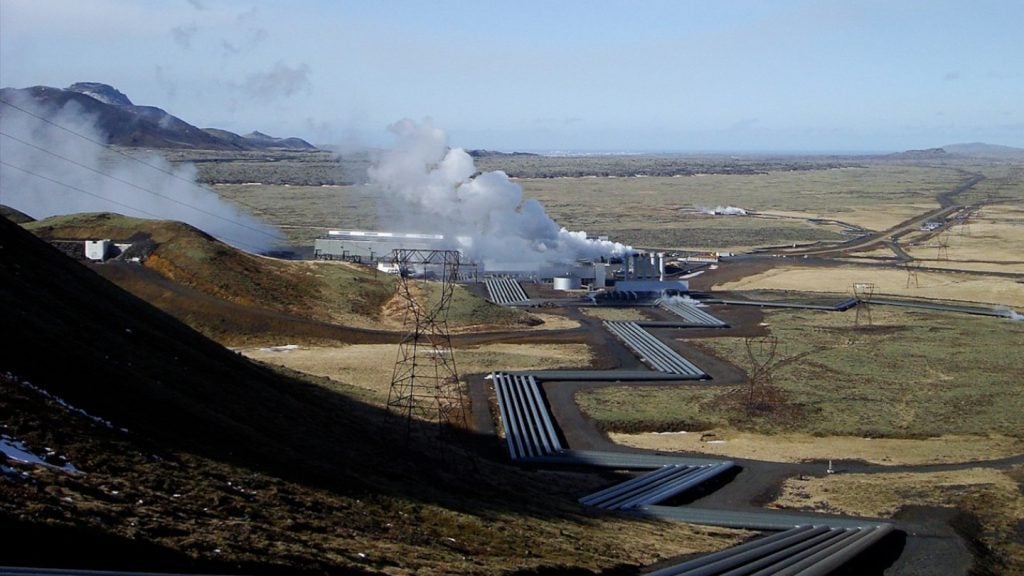South Hedland power station (SHPS) is a 150MW combined cycle natural gas-fired power generation facility being constructed in the Boodarie Resource Industrial Estate, approximately 13km south of Port Hedland, Western Australia. The project aims to meet the growing demand for electricity in the Pilbara region.
Construction of the power station began in February 2015 and first power is expected in 2017. The station, estimated to cost A$570m, is expected to be fully commissioned and commence operations in 2017.
The anticipated work force at the peak of construction will include approximately 250 people while 20 full time jobs will be created when operational.
TEC Hedland, a wholly-owned subsidiary of TransAlta Energy (Australia), is the project designer and developer. It will also operate the power station. The plant is planned to be expanded further in future in order to supply power to other customers and commercial users.
South Hedland power station make-up
Laverton North natural gas power station is now producing 320MW in Victoria, Australia.
The South Hedland power plant will be located alongside Horizon Power’s existing short-term power station. It will be equipped with three GE LM6000 gas turbines, which are among one of GE’s most reliable and efficient aero-derivative gas turbines and, once commissioned, would make SHPS the most efficient power station in the region.
Two of the gas turbines will operate in closed-cycle mode while the third gas turbine will operate in open-cycle mode. The closed-cycle gas turbines will each exhaust to a once-through steam generator to produce high pressure steam in order to generate additional electricity in a steam turbine.
The third gas turbine will operate in open-cycle mode, facilitating a quick start and ramp up ability.
The plant will also feature an air-cooled condenser to minimise water consumption compared to traditional water-cooled condensers.
Diesel fuel oil will be stored on-site and used as emergency backup fuel in the event of any interruption to the gas supply.
South Hedland power station construction
Construction of the power station is expected to take two years and will include ground preparation works such as earthmoving activities including grading and compaction during the initial stages. The next phase will include the installation of foundations for all the equipment.
Natural gas supply to SHPS
Gas to TransAlta’s South Hedland power station will be supplied through APA, a natural gas infrastructure company based in Australia, through an existing system on-site. A new gas reducing and compression station will also be built to support the plant.
Transmission and sale of power
Power generated by the plant will be stepped up from 11kV to 220kV before transmitting to Horizon Power’s North West Interconnected System (NWIS).
Fortescue Metals Group and Horizon Power will purchase the entire power generated by the plant under separate, 25-year power purchase agreements (PPAs).
Contractors involved
IHI Engineering Australia was awarded the engineering, procurement and construction (EPC) contract for the project.
Jacobs Engineering was chosen as TransAlta’s engineer for the project. The contractual scope includes detailed scoping reviews and design as well as provision of technical, safety and project management resources during construction.
ABB was awarded the contract for providing a substation upgrade solution for the power station.

